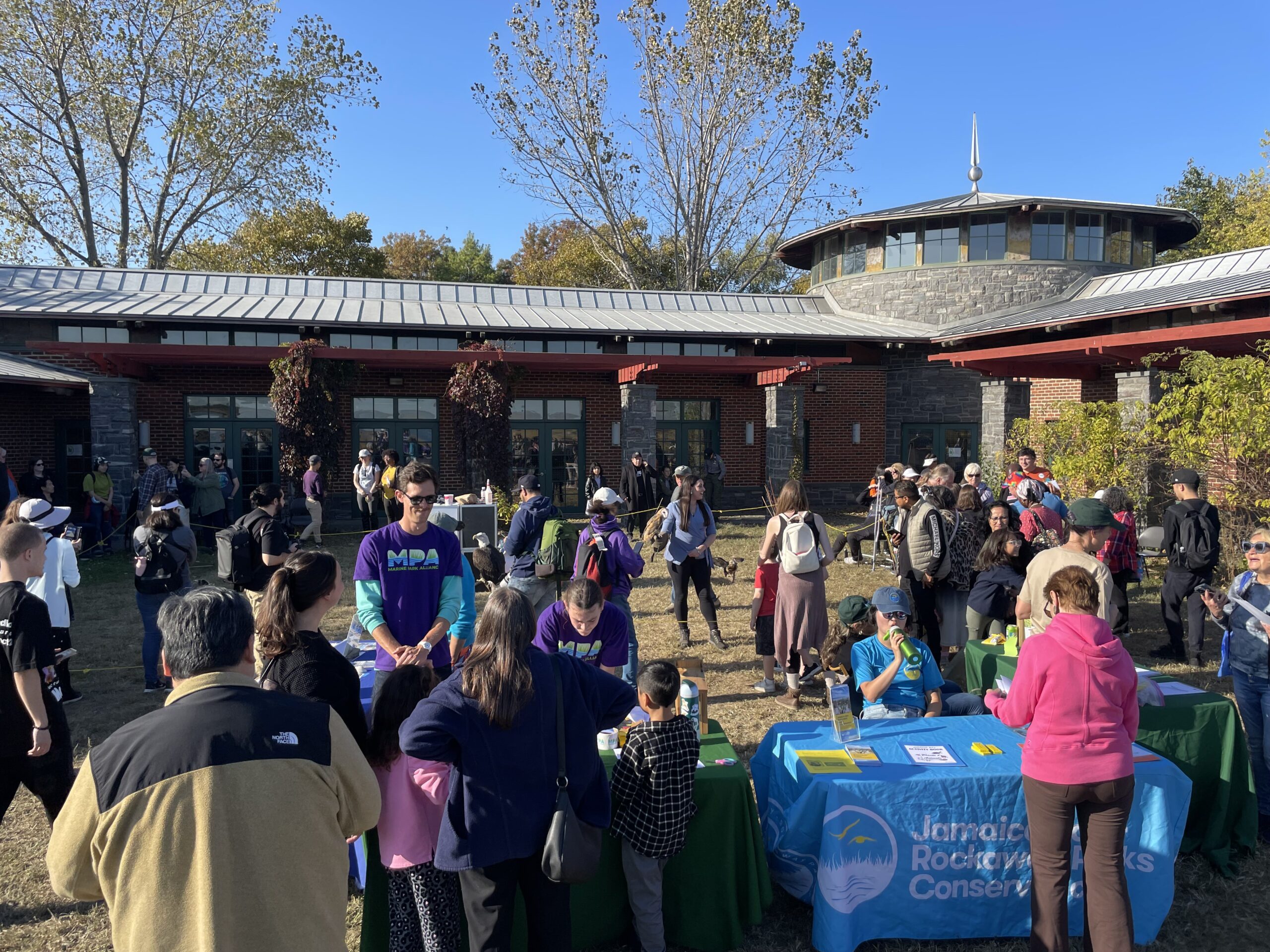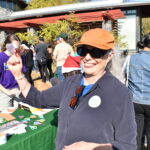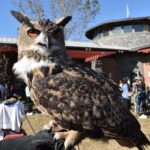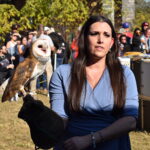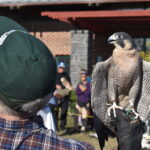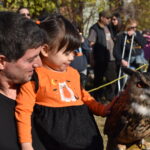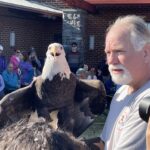Although these birds can’t fly high in the sky, they still managed to drop by the Salt Marsh Nature Center, at 3301 Avenue U, on Saturday, October 19th, for the seventh annual Raptorama Festival.
Bird lovers, watchers, photographers and residents gathered to witness the spectacular event. A showcase of diverse raptors (birds of prey) were presented and handled by WINORR’s (Wildlife in Need of Rescue and Rehabilitation) founder Bobby Horvath, Littoral Society Northeast Chapter Director Don Riepe, NYC Audubon staff member Tod Winston, and volunteers Dennis Guiney and Jessica Shahinian.
Raptorama was a collaborative effort organized by WINORR, the National Park Service, the American Littoral Society, Jamaica Bay-Rockaway Parks Conservancy, NYC Bird Alliance, NYC Parks and the Marine Park Alliance. Visitors of all ages came to see these raptors up close, take photographs of and with them and learn about their diet, hunting and migratory patterns, living standards, tragic background, rescue and rehabilitation.
Kalena Phiips traveled from Garden City to see the raptors. “It’s a good way to educate the public and for children to see things that either you see in the zoo or you won’t get the chance to see at all.”
Except for a few birds, such as Augie, an Eurasian eagle-owl, and Echo, a barn owl, these raptors were born in the wild and severely injured, so they couldn’t return to their habitats. Phoenix, a raven originally from California, suffered burn injuries to his tail, wing feathers and the back of his toes. Montana, an American bald eagle who is believed to have been injured from a collision in the Hamptons, is blind in his right eye and has since recovered from a broken wing and broken leg. Diana, a 28-year-old red-tailed hawk, was shot at by a shotgun in Long Island. Other birds included a rough-legged hawk, a peregrine falcon, a burrowing owl, a kestrel and a merlin falcon.
The audience learned many facts about these avians, such as how an Eurasian eagle-owl can see over 100 yards at night when hunting its prey or how the peregrine falcon can reach up to 200 miles per hour during its hunting dive.
“It went well, said Horvath. “I was happy to see such a large audience of all ages, and I’m happy to share these ambassador birds with the general public. Unfortunately, they can’t be released back into the wild, so their life is being shared with people who can get a chance to see them. It helps people connect with nature and gain an appreciation for the wildlife we have living in our neighborhoods.”

